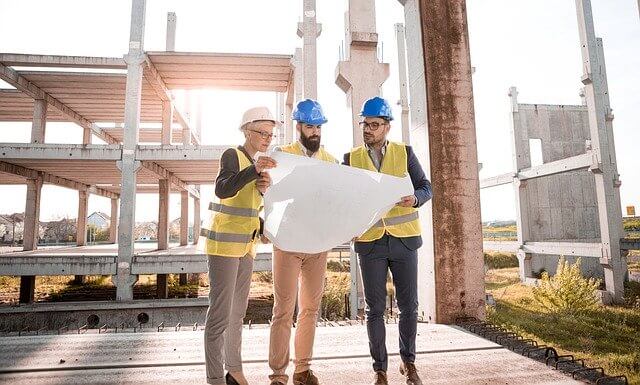The Advantages of Embracing Circular Construction Practices
Construction practices have a significant impact on the environment. However, with the growing concern for sustainability and the need to minimize waste, circular construction practices have gained attention. These practices promote a more sustainable approach to building, focusing on reducing, reusing, and recycling materials throughout the construction process.
Reducing Waste
One of the key benefits of circular construction practices is the reduction of waste generated during construction. By implementing strategies such as pre-fabrication and modular construction, construction companies can minimize material waste. Additionally, incorporating design principles that prioritize efficient use of resources can further reduce waste generation.
Furthermore, the adoption of lean construction principles can optimize the construction process, minimizing unnecessary materials and improving overall efficiency. By reducing waste, circular construction practices help conserve natural resources and minimize the environmental impact of construction projects.
Reusing Materials
Another crucial aspect of circular construction practices is the emphasis on reusing materials. Rather than disposing of materials after a project is completed, these practices encourage the repurposing and reuse of materials in future construction projects.
For example, salvaged building components can be incorporated into new structures, reducing the need for virgin materials. This not only reduces waste but also saves resources and energy required for the production of new materials. Additionally, it can contribute to the preservation of cultural heritage by incorporating historic elements into modern designs.
Recycling and Resource Recovery
Circular construction practices also focus on recycling and resource recovery. Materials such as concrete, steel, and wood can be recycled and used in new construction projects. Recycling these materials not only reduces waste but also conserves energy and reduces greenhouse gas emissions associated with the production of new materials.
Furthermore, resource recovery techniques, such as using waste heat from construction processes for other purposes, can contribute to energy efficiency and reduce the overall environmental impact of construction projects.
Conclusion
Circular construction practices offer numerous advantages for the construction industry and the environment. By reducing waste, reusing materials, and promoting recycling and resource recovery, these practices contribute to a more sustainable and efficient construction process. Embracing circular construction practices can help minimize the environmental impact of construction projects and move towards a more sustainable future.
